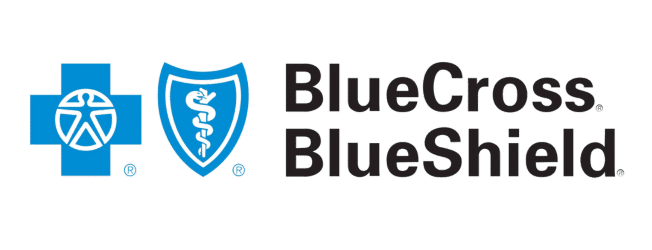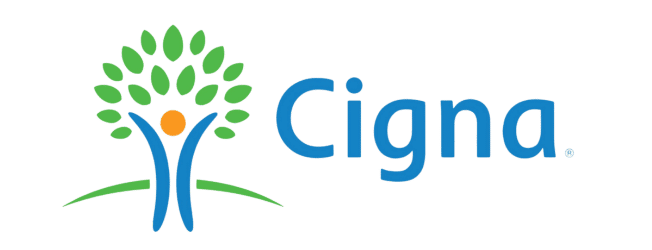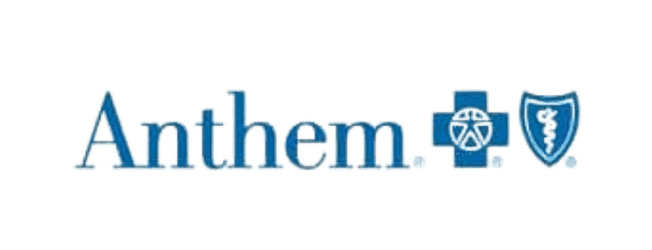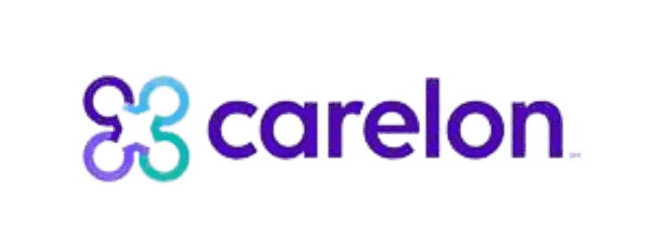DBT for OCD: A Practical Path Toward Relief
Understanding Dialectical Behavior Therapy (DBT)
Dialectical Behavior Therapy (DBT) is a structured psychological therapy designed to help individuals manage overwhelming emotion. DBT helps reduce compulsive actions, improve daily functioning, and enhance quality of life. Originally developed for borderline personality disorder, it is now widely used in the treatment of depression, post-traumatic stress disorder, and other mental health conditions.
Origins and Development of DBT
DBT was developed by psychologist Marsha Linehan in the late 1980s. It combined traditional cognitive-behavioral therapy (CBT) techniques with mindfulness-based strategies. The therapy was built to treat emotional dysregulation and repetitive behaviors that often resist standard treatment.
Core Components of DBT
DBT relies on four key skill sets: Mindfulness skills, Distress tolerance skills, Emotion regulation skills, and Interpersonal effectiveness skills. These DBT skills empower clients to respond to difficult emotional experiences with effective treatments. The structured approach supports symptom relief and long-term recovery in daily life.
Differences Between DBT and Other Therapies
DBT differs from traditional behavioral therapy by integrating acceptance strategies. Where CBT targets irrational thoughts, DBT allows emotional experiences to exist while choosing healthier reactions. It merges change-focused and acceptance-based techniques into a comprehensive approach.
Overview of Obsessive-Compulsive Disorder (OCD)
Obsessive-Compulsive Disorder (OCD) is a chronic condition marked by intrusive thoughts and compulsive behaviors. These behaviors can include excessive cleaning, repetitive actions, or compulsive checking. OCD symptoms often impair daily functioning, interfere with relationships, and affect overall quality of life.
Common Symptoms of OCD
Key symptoms of OCD include obsessive thoughts about danger, contamination, or being a bad person. Compulsive behaviors follow, such as repetitive cleaning or counting. These obsessive-compulsive symptoms disrupt normal behavior and contribute to anxiety symptoms and emotional dysregulation.
Traditional Treatment Approaches for OCD
The gold standard for OCD treatment is Exposure and Response Prevention (ERP), often combined with selective serotonin reuptake inhibitors (SSRIs). Other therapies like CBT, mindfulness-based cognitive therapy, and narrative therapy are also common. Despite these treatment modalities, residual symptoms may persist for many.
DBT’s Approach to OCD
DBT offers a unique path for individuals who struggle with emotional regulation and OCD. It addresses the emotional reactions that fuel compulsive behaviors. Rather than only targeting the behavior, DBT treats the underlying overwhelming emotion that drives obsessive-compulsive actions.
The Role of Mindfulness in OCD Management
Mindfulness in DBT teaches clients to observe thoughts without judgment. This is especially useful for managing obsessive-compulsive symptoms that feel intrusive and automatic. Clients learn to recognize the presence of these thoughts without engaging in compulsive actions.
Mindfulness Practices and Their Benefits
Mindfulness practices increase awareness of bodily sensations and internal triggers. Practicing mindfulness skills can reduce emotional reactivity and improve tolerance of discomfort. These tools are essential in managing daily stress and preventing relapse.
Exercises for Increased Awareness and Focus
Simple breathing exercises, sensory grounding, and “browser window” thought labeling exercises are often used. These tools enhance emotional regulation and reduce automatic responses to distressing thoughts. Many clients use app-based tools for daily mindfulness practice.
Using Distress Tolerance Techniques
Distress tolerance skills help individuals manage crises without resorting to repetitive behaviors. These practical tools are vital during periods of intense emotions or danger ideation. They are especially helpful when residual OCD symptoms intensify.
Practical Tools for Managing Urges
DBT teaches specific methods like “TIPP” (Temperature, Intense exercise, Paced breathing, Progressive relaxation) to reduce physical arousal. These techniques support both immediate relief and long-term behavior change. They are often used outside of therapy sessions to improve coping in real-world situations.
Strategies for Emotion Regulation
Emotion regulation skills help clients identify, label, and change emotional responses. People with OCD often experience negative emotions such as shame, fear, or guilt. Learning to regulate these emotions reduces the need for compulsive behaviors as coping strategies.
Enhancing Interpersonal Effectiveness
OCD impacts more than personal behavior—it affects social interactions, too. DBT strengthens interpersonal effectiveness skills, such as asserting needs and setting boundaries. These skills improve relationships and prevent isolation caused by mental disorders.
Unique Techniques of DBT in OCD Treatment
DBT includes unique interventions not found in standard CBT or ERP protocols. These techniques target the internal experience behind OCD symptoms.
Opposite Action
The Opposite Action skill encourages acting contrary to emotional urges. For example, if fear prompts excessive cleaning, the client practices not cleaning. This reduces compulsive behaviors while increasing tolerance for unpleasant experiences.
Self-Validation
Self-validation is critical for clients who feel shame or believe they are a bad person due to intrusive thoughts. Validating one’s feelings while still working toward behavioral change reduces emotional distress and builds self-respect.
Balancing Acceptance and Change
DBT emphasizes balance. Clients learn to accept where they are emotionally while working to change patterns that harm quality of life. This dialectical approach is what makes DBT different from standalone treatment methods.
Comparing DBT with Other Therapies for OCD
Several mental health professionals now recommend integrating DBT with more traditional approaches to OCD. Understanding the differences between these therapies helps create better treatment plans.
DBT Versus Cognitive Behavioral Therapy (CBT)
CBT focuses on identifying and changing distorted thinking. It is a common treatment for OCD, but may not address emotional regulation fully. DBT supplements this by providing emotion-focused tools and mindfulness practices.
DBT Versus Exposure and Response Prevention (ERP)
ERP is highly effective for reducing compulsive behaviors by exposing clients to their fears. However, it doesn’t always address emotional dysregulation. DBT strengthens a person’s ability to endure ERP by improving distress tolerance and emotion regulation.
Combining DBT with ERP for Enhanced Results
Recent studies, including systematic reviews and meta-analyses published in Clinical Psychology Review, support the use of combined treatments. Merging DBT with ERP can improve outcomes, reduce dropout rates, and address co-occurring conditions like depression or posttraumatic stress disorder.
The Importance of the Therapist-Client Relationship
Success in therapy often depends on the quality of the therapist-client bond. Trust allows clients to face difficult emotions and experiences during treatment sessions.
Building Trust and Collaboration
A collaborative relationship supports goal-setting, emotional honesty, and follow-through. DBT therapists provide validation while encouraging personal responsibility. This enhances motivation and fosters commitment to the treatment plan.
Encouraging Client Participation
Clients who feel safe are more likely to practice DBT skills in and outside of therapy. Active participation improves symptom relief and helps build new behavioral habits brick by brick. Regular check-ins and tracking tools encourage consistency and growth.
Incorporating Mindfulness in DBT for OCD
Mindfulness is not a standalone treatment, but it’s central in DBT for OCD. It serves as the foundation for learning other DBT skills and coping with intrusive thoughts.
Mindfulness Practices and Their Benefits
Mindfulness lowers anxiety symptoms and strengthens emotional control. It also helps reduce avoidance behavior and increases tolerance of unpleasant bodily sensations. This is particularly important for those with repetitive behaviors rooted in fear.
Exercises for Increased Awareness and Focus
Daily practices like “observe and describe” or “one-mindfully” help clients stay present. Mindfulness exercises improve emotional regulation and reduce compulsive urges. Many clients find these tools enhance their focus and reduce relapse.
Case Studies: Success Stories Using DBT for OCD
Real-Life Applications
Clients who once struggled with constant handwashing, obsessive checking, or fear of contamination have found relief through DBT. By combining DBT with ERP, they managed both emotional dysregulation and behavioral symptoms.
Lessons Learned from Personal Experiences
Many individuals report that learning to self-validate was life-changing. Others note that distress tolerance techniques prevented relapse during high-stress periods. These personal experiences underscore DBT’s role in long-term care approaches for OCD.
Final Thoughts: A Comprehensive Approach to OCD at Tennessee Behavioral Health
At Tennessee Behavioral Health, we understand that Obsessive-Compulsive Disorder affects more than just thoughts and actions—it impacts how a person feels, relates, and functions in daily life. That’s why our mental health professionals offer Dialectical Behavior Therapy as part of a comprehensive approach to OCD and co-occurring conditions.
Whether you’re dealing with residual symptoms, emotional dysregulation, or failed responses to traditional treatments, DBT may offer the breakthrough you’re looking for. Our team works with each client to develop a personalized treatment plan, often combining DBT, Exposure and Response Prevention, and individual therapy for maximum results.
If you or a loved one struggles with OCD, reach out today to learn about our DBT programs. Access to treatment is the first step toward recovery—and at Tennessee Behavioral Health, we’re here to support that journey.

FAQ's
Yes, DBT can support clients who find ERP too overwhelming by teaching skills to manage emotional intensity first.
Modified DBT programs can be adapted for adolescents with OCD, especially those struggling with strong emotional responses.
Treatment typically lasts 6 to 12 months, but the timeline varies based on individual goals, symptom severity, and session frequency.
No, DBT can benefit people with obsessive-compulsive symptoms even without a formal OCD diagnosis, especially when emotions are hard to manage.














